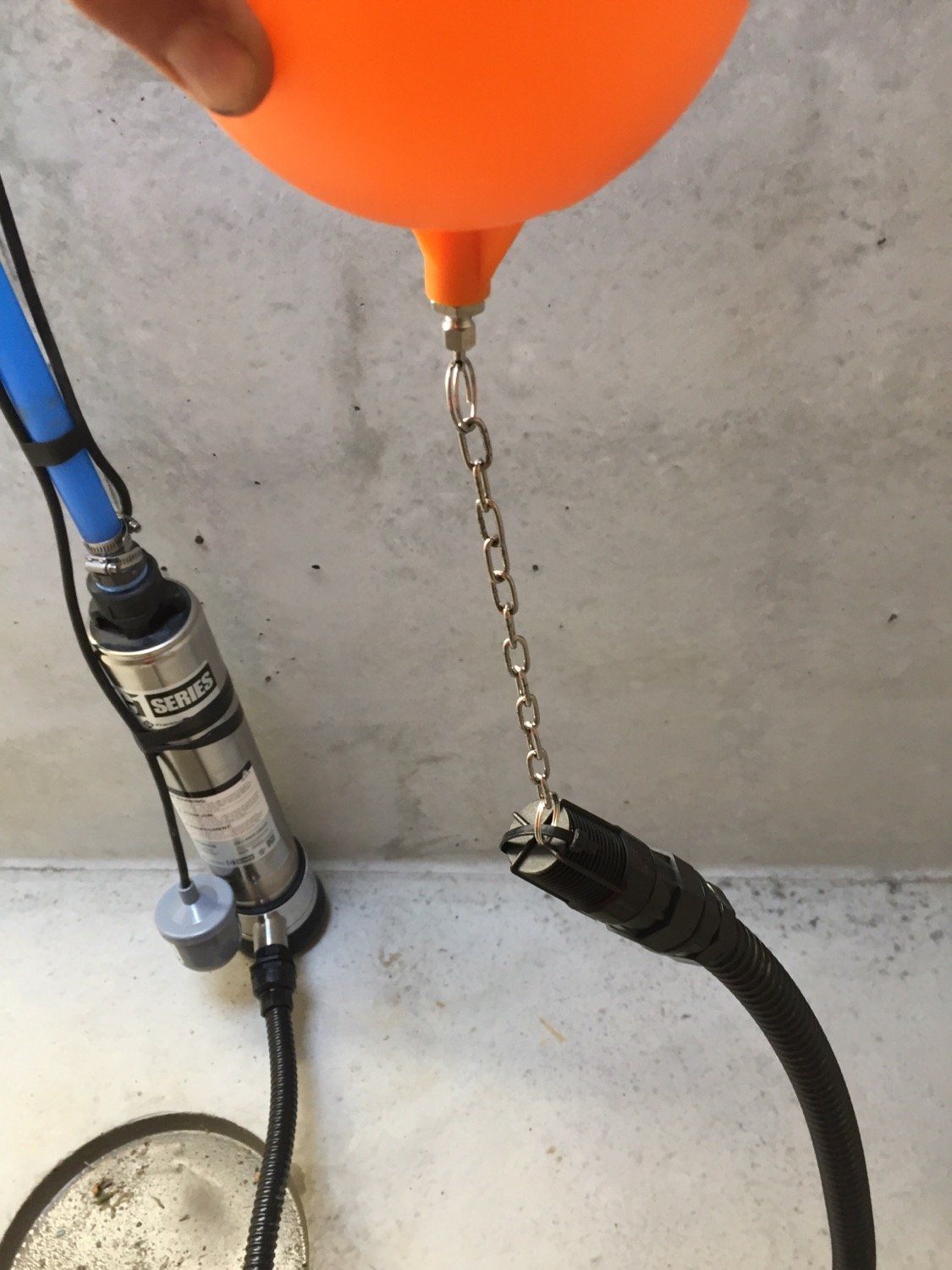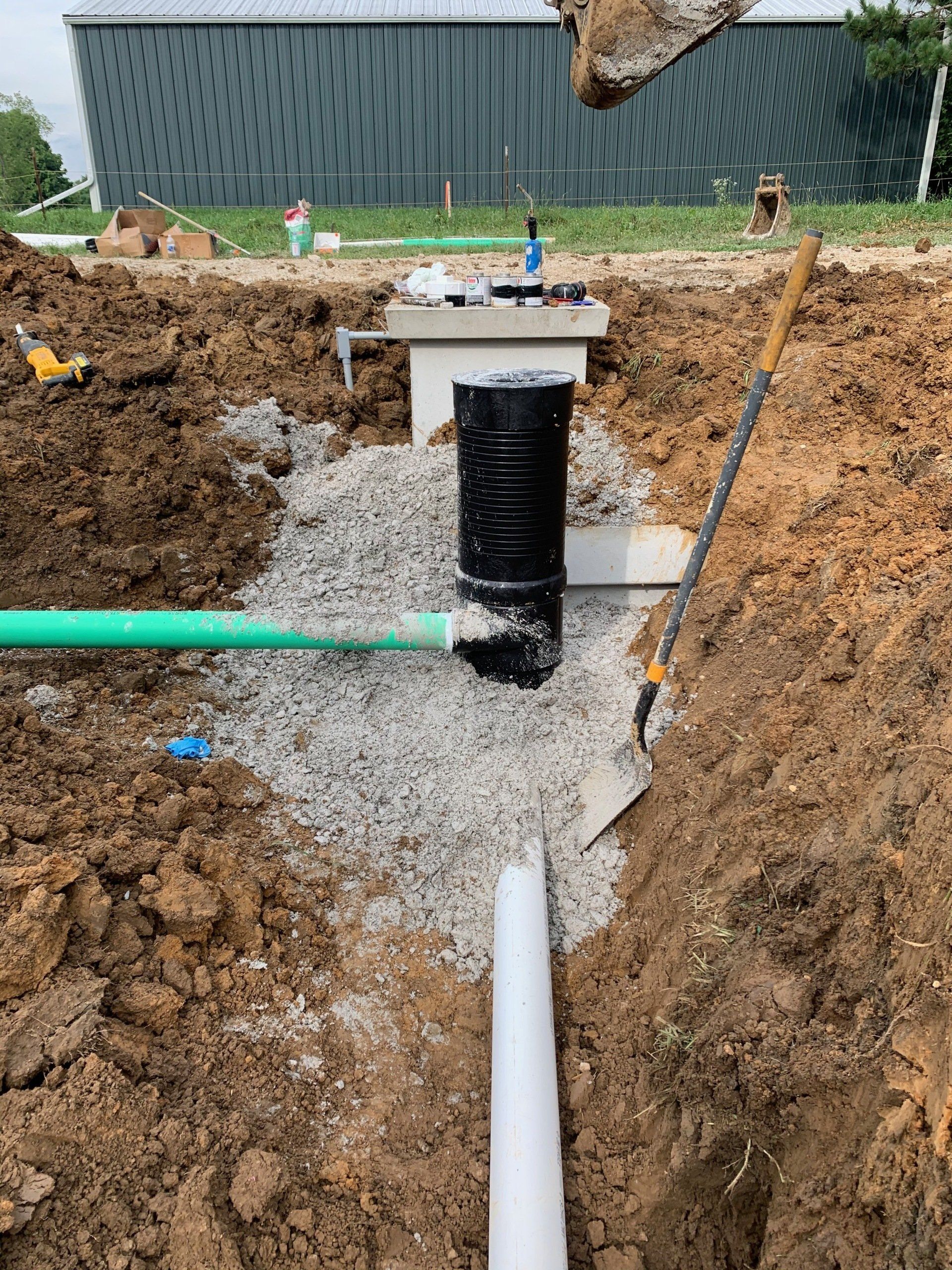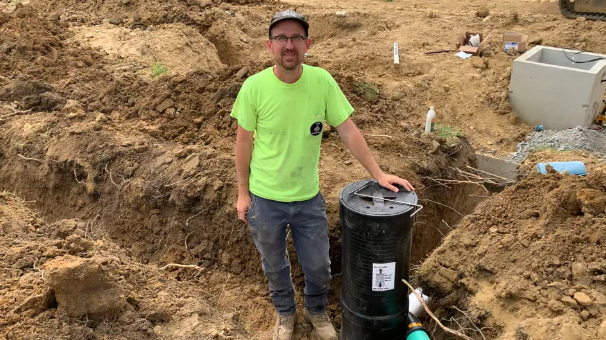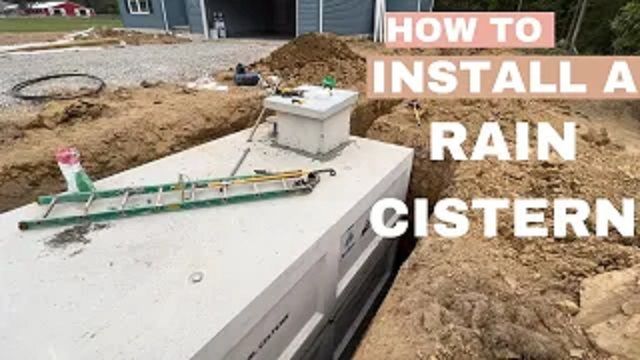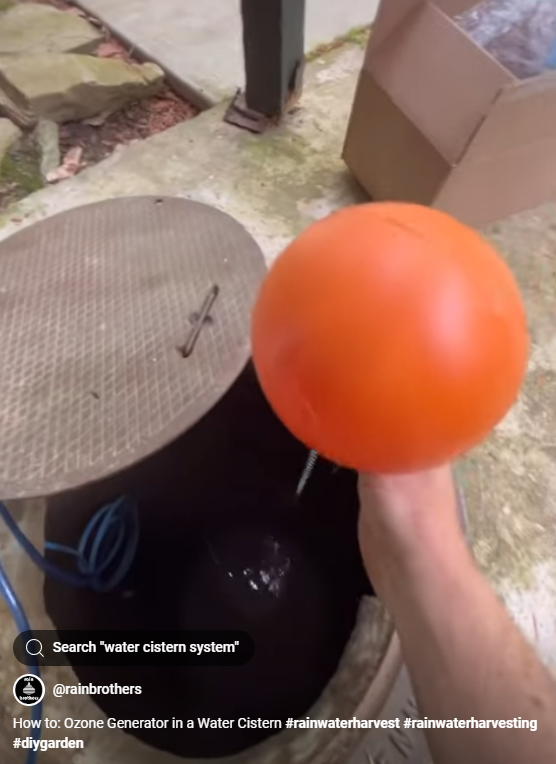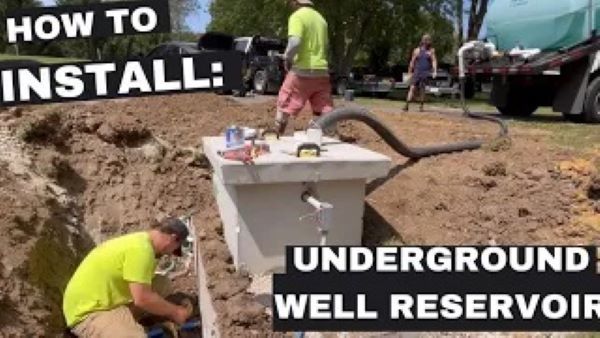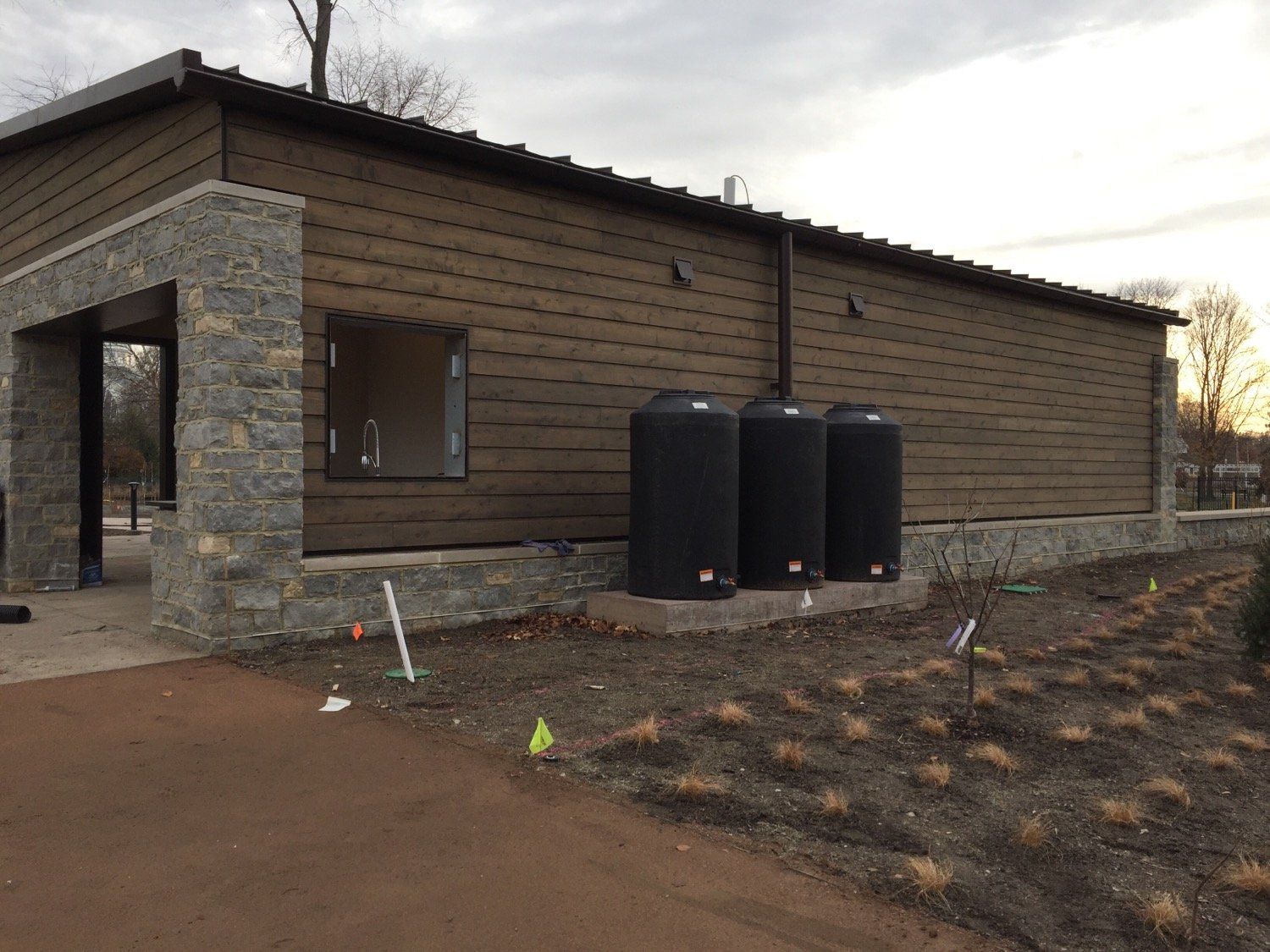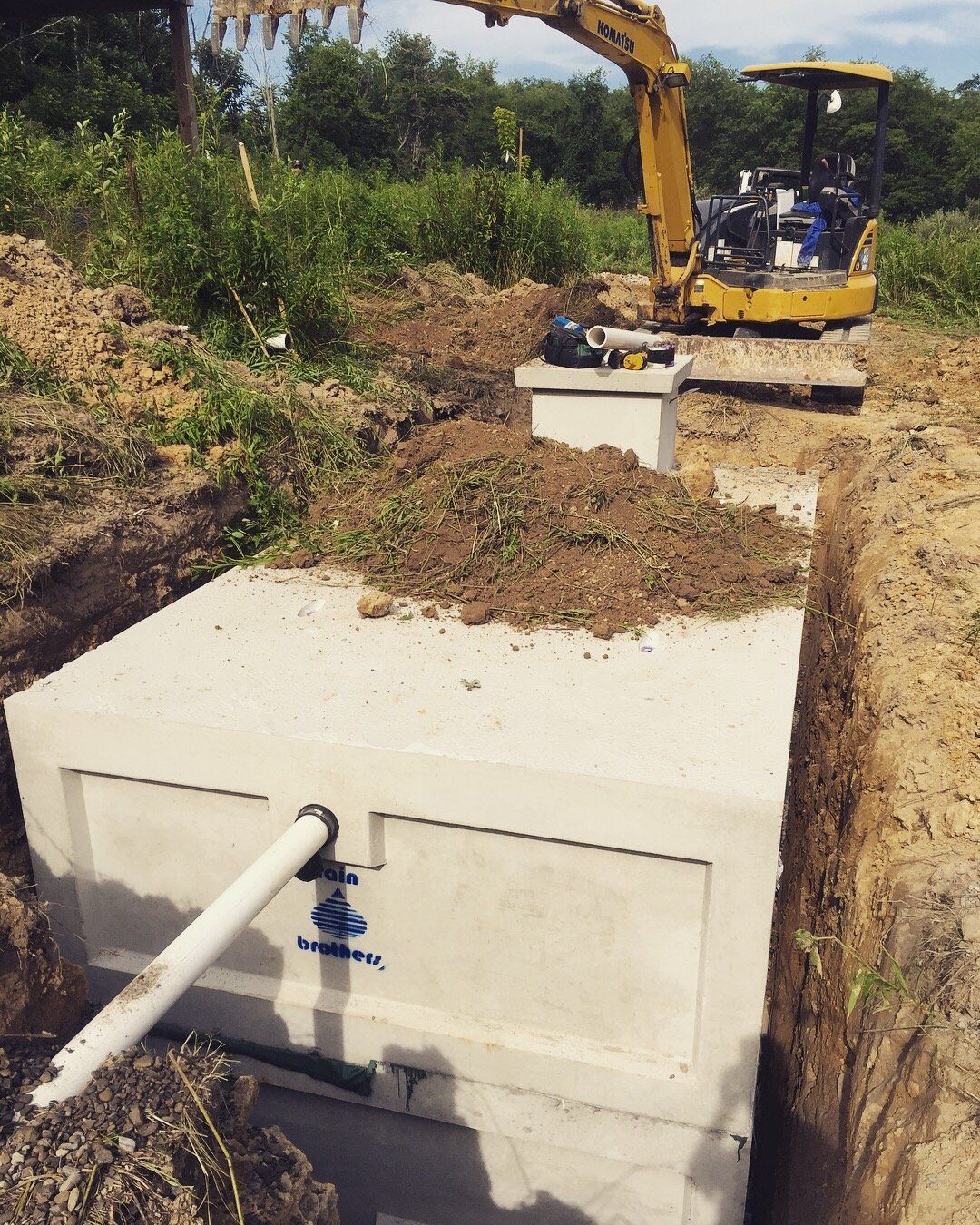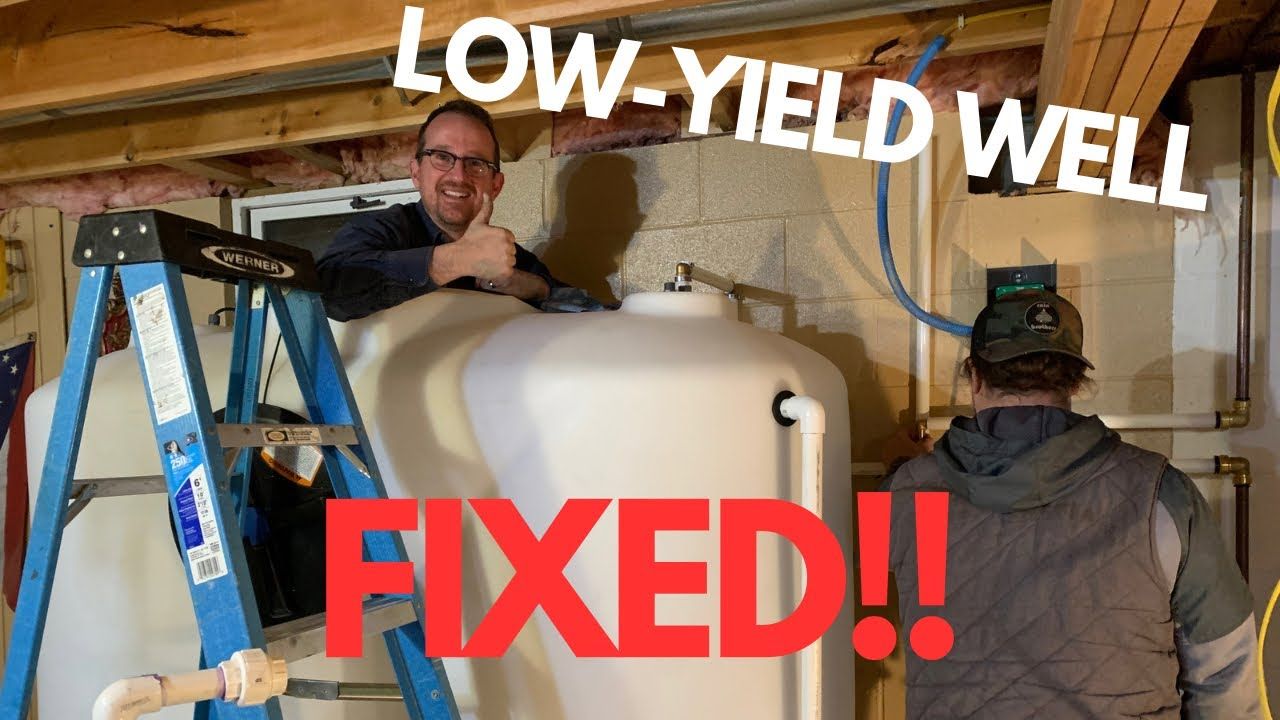Franklin C1 Cistern Pump: FAQs
In all our years working in the field installing rain cistern systems, we've had great success and great failures with cistern pumps. These days, we stick to two basic pump models for installs: the Franklin C1 10GPM submersible pump, and the Grundfos SBA 3-45-AW submersible pump. Here, we'll review the former, and answer some frequently asked questions.
COST
First of all, a caution: We get a lot of people wanting to order a Franklin C1 pump from us, but they point out that our price is higher than other prices they find online. While we are always happy to price match, we also ask our customers to look carefully at what is being sold elsewhere. If you compare, you'll see that we sell the 10 gallon per minute pump, whereas other places sell the 20 gallon per minute pump. Believe it or not, there is an important difference between the two. The 20 gallon per minute version of the Franklin C1 is designed to handle effluent in large volumes. Basically, it's a sump pump, and if you look at the pump performance curve, you'll see that that pump does not generate high head, meaning that it won't build up pressure. If you tried to hook up the 20GPM pump to feed your household, you'll only be able to generate 30PSI inside your home.
Compare that to the 10GPM version that we sell. With the 10 GPM version, you're getting a pump with lower flow (and, by the way, most household use is at 6GPM or less) but much higher pressure performance, so you can easily get 60-70 PSI inside your home at 6-10GPM. The reason that our 10GPM version costs a bit more is that it generates higher pressure.
INSTALLATION
The second most common question we get with the Franklin C1 Pump is regarding its benefits. Specifically, why would someone install this pump over, say, a standard submersible well pump? The reason for this is simple: In using a standard submersible well pump, the installer needs to encase the pump inside a 4-6" PVC sleeve to mimic the pump being in a well casing. Well pumps are designed to be housed in a well casing where the dynamics of the pump pull the water around the outside to cool the motor as it turns. If installed directly into a cistern, the water would not be pulled around the motor to keep it cool. Therefore, the pump needs to be encased in what's called a "cooling sleeve." Without this, the pump's life will drastically shorten. Additionally, the intake on well pumps is generally half-way up the pump. Placed in a cistern, you'll lose the bottom 1-2' of water with the intake being up so high. If you install the pump horizontally to remedy the intake height issue, pump manufacturers often say that doing so will create uneven wear on the motor bearings, which will, again, shorten the life of the pump.
The C1 pump, in contrast, does not need to be installed inside a cooling sleeve, thus shortening install time and saving on the added costs of building a casing for your cistern. Additionally, the intake on the C1 pump is at the bottom of the motor, so you get more useable capacity out of your cistern than you would with a standard well pump.

